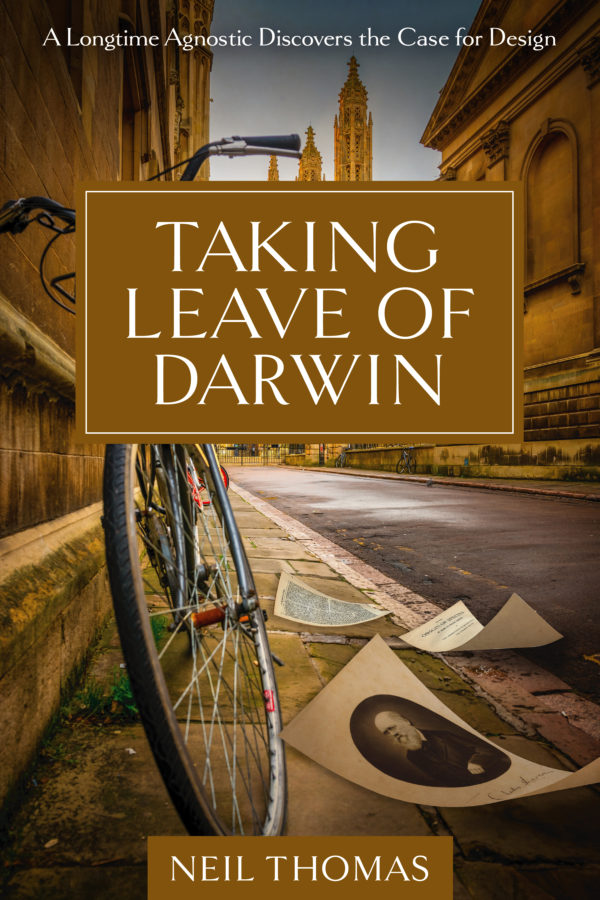In Taking Leave of Darwin (2021), longtime rationalist skeptic Neil Thomas observes, regarding Bertrand Russell’s and others’ dismissal of fine-tuning of the universe and Earth for life:

However courageous one may find such sermons, whether from Dawkins or Russell or Nietzsche, they could be said to have acquired a kind of sepia-tinted datedness about them. In the last half century, advances in the world of cosmology have revealed that our planet turns out to be biofriendly to a well-nigh miraculous degree — a verdant oasis fine tuned in a dizzying number of ways for life, in contradistinction to the little less than Hadean depths found in possibly the entire remainder of the observable universe. Through the lens of a celestial telescope, it is true, one can see little but the unfeeling immensity of that unremittingly hostile universe invoked by Russell, but if we look around us here on Earth we can see a planet which seems entirely discontinuous with the rest of the observable cosmos and abounding in a host of benign phenomena so numerous that they tend to go largely unnoticed.
Russell’s assumption of material forces churning away mindlessly over the eons and at length spewing out the unplanned anomaly of human life — “a curious accident in a [cosmic] backwater,” he once termed it — was first formally challenged by astrophysicist Brandon Carter in 1973. Carter put forward what he termed “the anthropic principle” (from the Greek anthropos, man). According to Carter’s detailed calculations, the fact that our planet is habitable, and exists in a universe that could generate and host a habitable planet such as Earth, obtains thanks only to numerous finely tuned conditions, many of them stretching back to the first nanosecond of the Big Bang. Many of the ways that Earth appears fine tuned for life had been noted previously, but Carter made an advance in formalizing planetary and cosmological fine tuning, and he jump-started a wider conversation in the community of physicists, astronomers, and cosmologists about possible explanations for this fine tuning.
Already in the 1960s scientists had begun to notice a strange connection among a number of otherwise unexplained coincidences in physics. It emerged that many of these mysterious values could be explained by one overarching fact: the values had been necessary for the origin and preservation of human and other life. Some of the fundamental constants referred to include the particular strengths of the electromagnetic force and the force of gravity, which appear to be calibrated with extraordinary precision (to a dizzying number of decimal points) for human needs. The Earth, too, caters to human needs in a host of ways unknown to scientists of a century or more ago.
Neil Thomas, “Cosmos, Chaos, and a Privileged Address in the Universe” at Evolution News and Science Today (August 26, 2021)
Most efforts to dismiss the significance of fine-tuning seem like special pleading. We don’t know why but we do know what — and why it matters.
You may also wish to read: New class of “Hycean” exoplanets may feature life. The new James Webb Telescope will enable much clearer resolution for the composition believed necessary for hosting life. Exoplanets that have been overlooked because they are un-Earthlike may feature oceans that extremophiles could live in, Cambridge astronomers say.